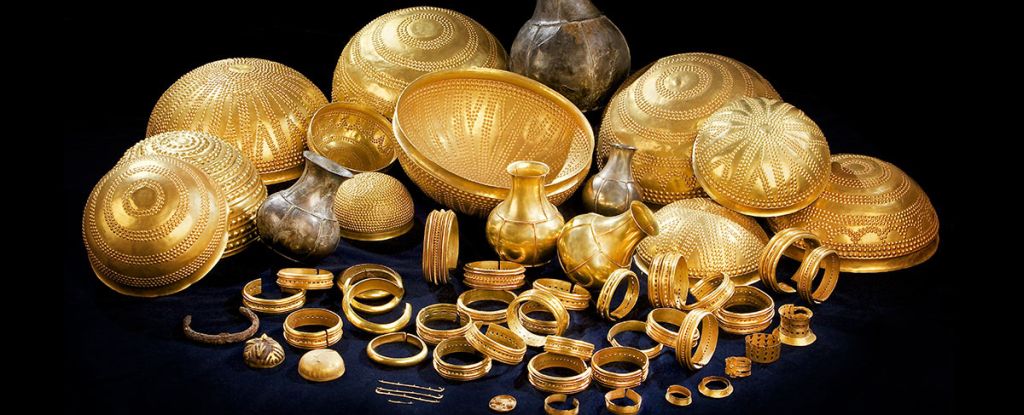ARTICLE AD
A semiconductor made from indium gallium arsenide has just set a duration record for a seemingly impossible material that repeats itself through time.
Lasting at least 40 minutes, the period of oscillations sustained by an experiment led by researchers from TU Dortmund University in Germany blew everything else in its class out of the water, setting a new benchmark in a field where researchers have struggled to push the phenomenon past a handful of milliseconds.
The 'tick-tock' of this itty-bitty clock took the form of interactions between orbiting electrons of a particular spin and the state of their atomic nuclei. In a game of pass-the-polarizing-parcel, the oscillations in states repeat in a way that matches the criteria for what's known as a continuous time crystal.
Hypothesized more than a decade ago by renowned physicist Frank Wilczek as a theoretically possible quirk of nature, the time crystal is to time what diamonds, sapphires, and quartzes are to space – repetitive units of matter.
Where a diamond is a pattern of carbon atoms in three spatial dimensions, a time crystal is some kind of change in structure repeating through time.
At first glance, oscillations of matter trapped in some kind of eternal Groundhog Day sound a little fishy. Anybody can make a child zip back and forth on a swing with a steady series of pushes, but eventually even the most desperate parent will wheeze to a halt.
Undeterred, physicists have searched for signs of wiggles and wobbles in materials that can't be explained by conventional physics, and have since come across multiple examples of time-crystal-eque activity in a variety of contexts. These typically take the form of some kind of extraneous beat in an otherwise linear rhythm, one that is provided by the system rather than a directed push from outside.
Yet these so-called discrete time crystals still require some kind of external tempo to set a background rhythm. Stop the music and the crystal's toe-tapping fun comes to a halt with it.
A continuous time crystal resembles Wilczek's vision a little more closely. While energy is still required to top up that which is lost from the system, its source isn't bound to any rules of time itself, acting like a breeze driving a wind chime into swinging with a few unexpected tinkles.
The molecular wind chime in this experiment was a purpose-designed material barely capable of conducting a current. The relationship between the loosely-held electrons and the spins of the nuclei within its lattice of atoms allows for the emergence of a slow, back-and-forth pattern to occur, one that occurs in a way that can only be described as non-linear.
To blow the nuclear spin back into the required state of polarization, a light source is used, effectively keeping the time crystal wound up. Through tiny tweaks in conditions, such as by changing a surrounding magnetic field or changing the temperature, the oscillations between the electron and nucleus can shift dramatically from just a few seconds to nearly a minute.
With no signs of a decay in oscillation presenting across 40-minute periods of measurement, the researchers concluded it was possible the phenomenon could have persisted for hours, if not longer.
Previously continuous time crystal behavior has been observed lasting a few milliseconds in the quantum fog of super-chilled gases known as Bose-Einstein condensates.
As the first solid-state version, this latest venture into the temporal madness of time crystals opens the way to new kinds of hardware that provide precise frequency measures.
This research was published in Nature Physics.

 1 year ago
79
1 year ago
79 

